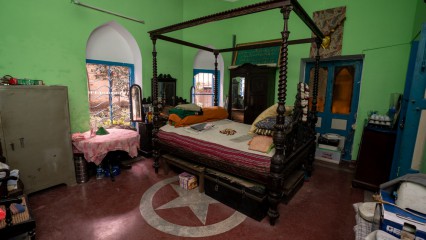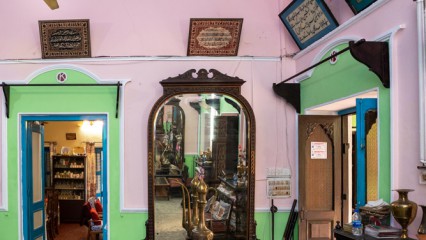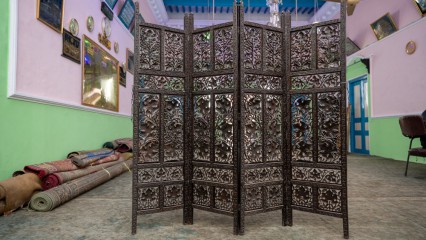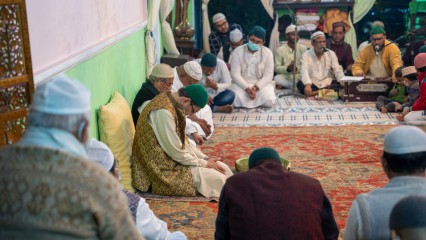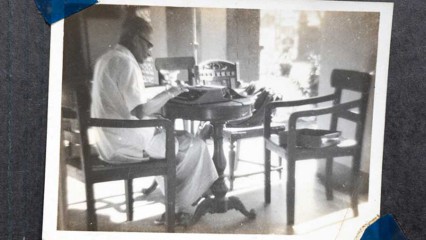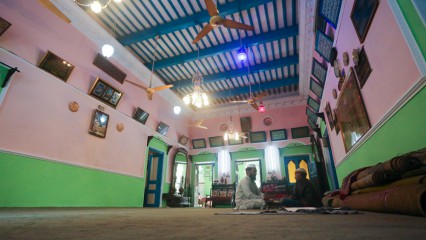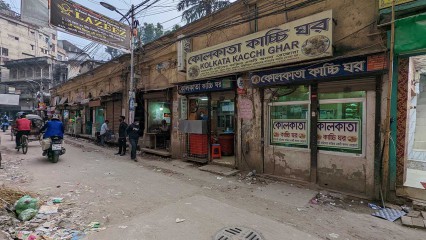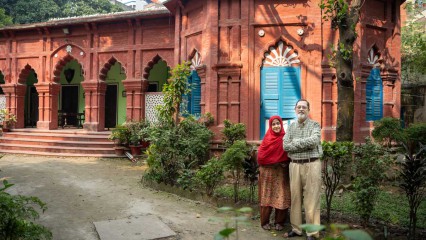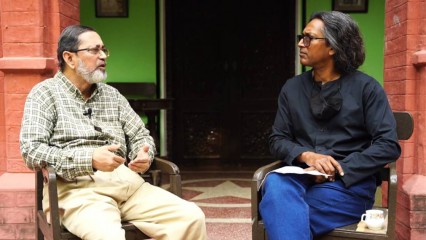The room where the original owner Khan Bahadur Muhammad Fazlul Karim stayed has been kept intact with all his furniture, which includes a 100-year old bed, a dressing table, an easy chair, and many other documents and objects. The preservation of the room depicts the immense connection with the past and respect for the resident's own heritage evident in the care and maintenance of the house.
[email protected]
Dhaka, Bangladesh

